Disclosure: We may get commissions for purchases made through links in this post.
This isn't a question that gets asked often, but you may have wondered about this question once or twice, especially when thinking about possible paving options. You may have asked what asphalt is and what it is made of. You may have also wondered if it's an eco-friendly option for paving.
This popular paving solution known as asphalt is a mixture of aggregates, binders, and fillers. Processed mineral materials such as rocks, sand, gravel, or various recycled materials can be used as aggregates, and a binder is added to create a cohesive mixture. Unfortunately, asphalt is not the most eco-friendly paving solution out there. However, there have been recent experiments in creating a more eco-friendly material for asphalt.
Asphalt is always going to be a sought-after paving solution. However, there is quite a lot to learn about it and we have compiled all of the details for you. Read more to learn about what asphalt is made of and how eco-friendly it is for our environment.
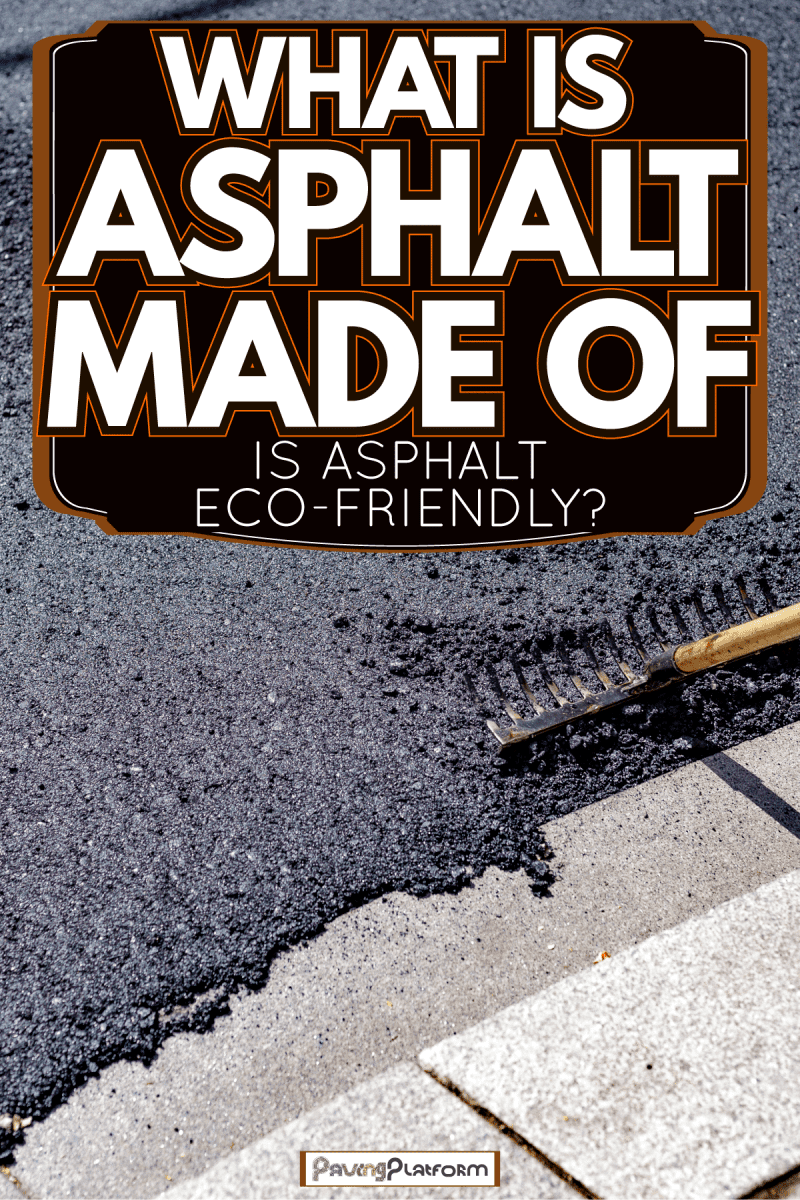
What is Asphalt?
Known as one of the more commonly used materials for paving, asphalt is a mixture of materials used in road construction, parking lots, runways, and many other places. Asphalt uses aggregates—mostly made up of rocks, gravel, sand, or in recent years, various recycled materials for a more sustainable option.
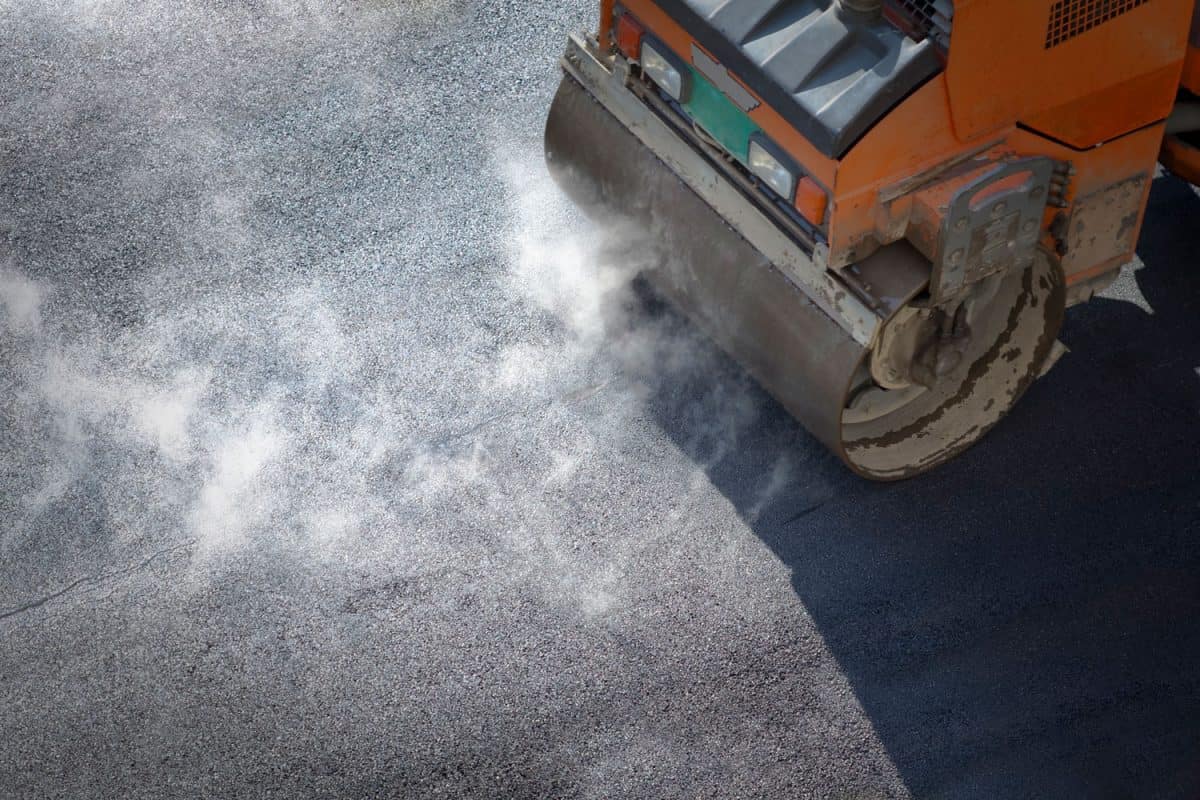
It is mixed together with binders like bitumen or bio-based binders. It is layered together with unbound and bituminous-based material to create asphalt pavement before asphalt concrete is poured on top.
Sometimes, asphalt and bitumen are used interchangeably, but they are different. Bitumen is the liquid binder that holds asphalt (and all other mixtures) together. It is derived from petroleum and is highly adhesive and resistant to water and oil spills.
To create bitumen, crude oil is distilled and is left with a thick, sticky substance that is used to create asphalt—or the mixture of aggregates and fillers.
What is Asphalt Concrete?
Asphalt concrete is a mixture of asphalt and aggregate layered together and compacted. It is also commonly known as asphalt, blacktop, or tarmac (in Great Britain and Ireland.) On average, these layers are placed above formation levels and include unbound and bituminous-bound materials. This makes the asphalt strong enough to distribute the load before it arrives at formation level.
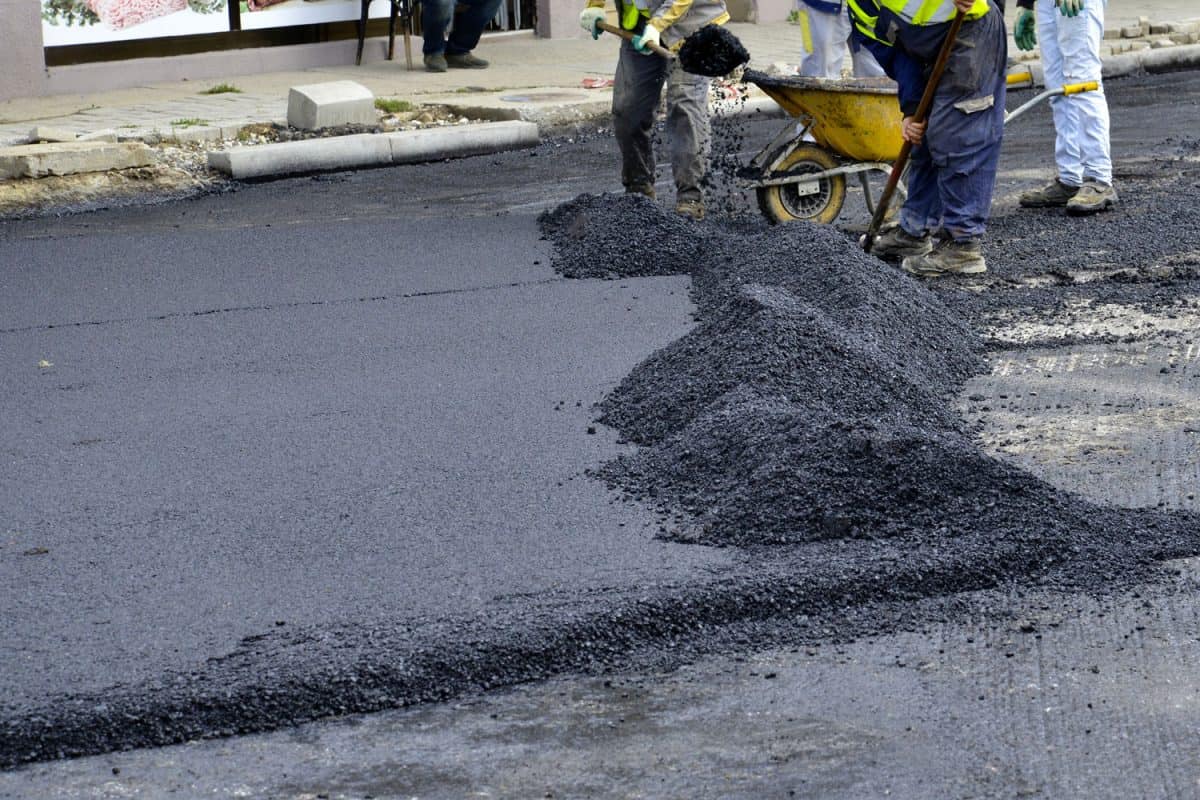
This makes asphalt a strong material that can be used for roads, driveways, runways, and other applications. It is a material that is strong, durable, and can be constructed quicker than concrete.
What are the Types of Asphalt?
There are multiple types of asphalt. These different kinds of asphalt are used in different applications to provide the best result needed. Asphalt is very flexible and these types of asphalt can be manufactured to create other distinct mixtures that will meet the important needs of the project.
There are three types of asphalt mixtures and they are all produced at different temperatures.
1. Hot Mix Asphalt (HMA)
To create this asphalt mix, the asphalt binder is heated to lessen its viscosity and the aggregate is dried to completely remove moisture. Depending on what kind of mix is going to be created, it is done by mixing aggregate and binder at different temperatures.
Virgin asphalt is heated at around 300 °F, polymer-modified asphalt at about 330 °F, and asphalt cement at around 200 °F. This asphalt mix should also be paved and compacted while it is sufficiently hot for it to be packed efficiently.
This asphalt mix is commonly used in high-traffic pavements like highways, racetracks, and landfills. It can also be used as an environmental liner for landfills and fish hatcheries.
2. Warm Mix Asphalt (WMA)
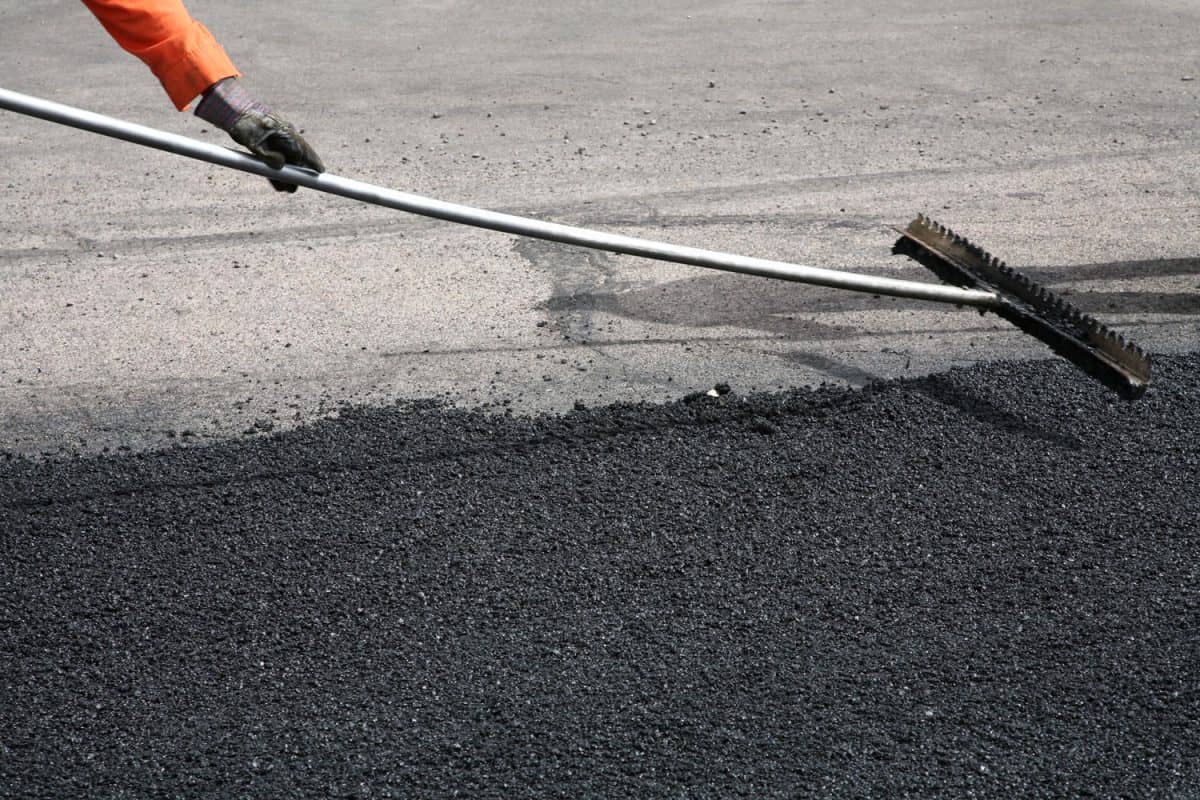
This asphalt mix is produced by adding zeolites, waxes, asphalt emulsions, or water to the binder before mixing. It makes the mixing temperature lower which results in lesser consumption of fossil fuels, meaning less carbon dioxide, toxic vapors, and aerosol is released.
The lower temperature used for mixing also makes it easier for the paved surface to be used, perfect for projects that are working on critical time.
Warm mix asphalt is also the better choice for cold-weather areas since it affords easier compaction. This mix is also regarded to have a better impact environmentally, has better improvements in work-production, and is more economical to use.
3. Cold Mix Asphalt
Compared to its counterparts, this asphalt mix is produced differently. For this mix, asphalt is added to a mixture of water and an emulsifying agent before adding it into the aggregate.
While in its emulsified state, the asphalt is less viscous and can be easier to work with. When enough water evaporates, this asphalt mix will take on the properties of hot mix asphalt.
This asphalt mix is best used for patching cracks on pavement or as a surface for lesser-trafficked service roads.
Other Types of Asphalt
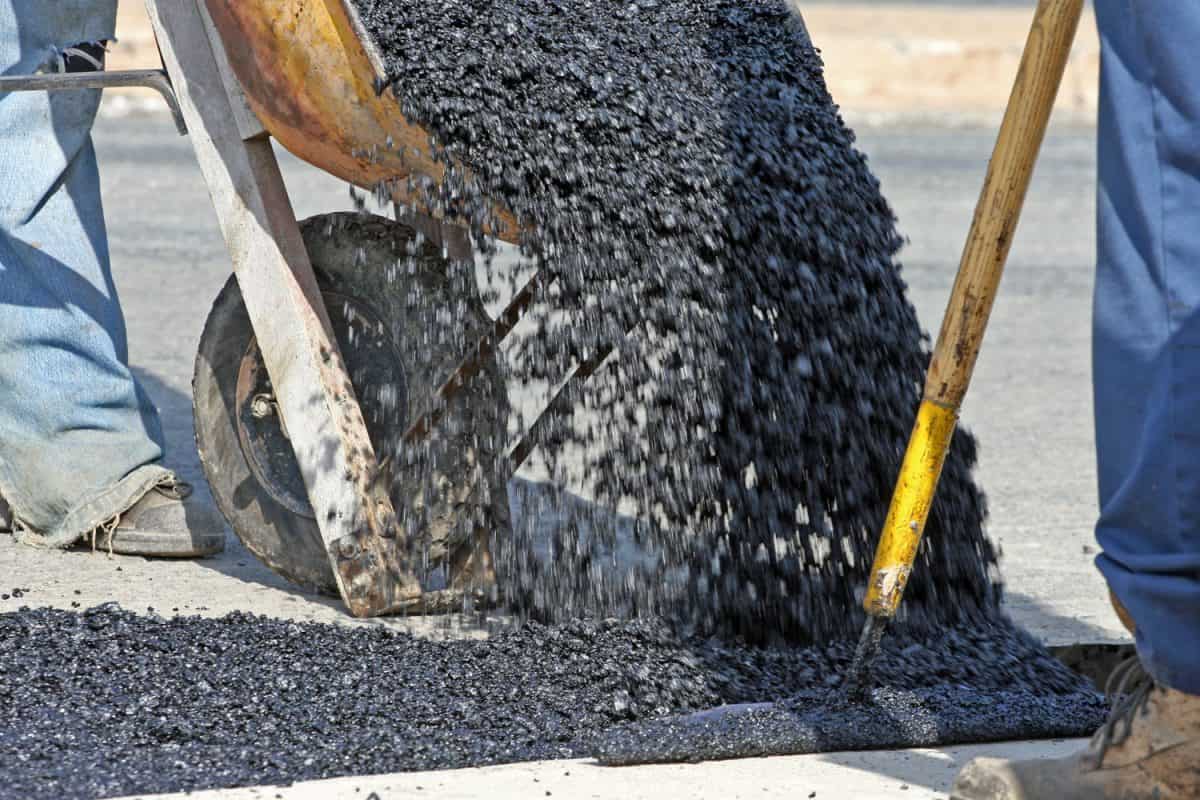
As mentioned earlier, these asphalt mixes can further be mixed to create other distinct mixtures. It really depends on the needs of the project, the amount of activity the pavement will be subjected to, or other factors that may affect the job to be done. Here are some of the examples of asphalt mixes that are sometimes used:
Cut-back Asphalt Concrete
A type of cold mix asphalt, cut-back asphalt concrete is created when the binder is dissolved in kerosene or petroleum before being mixed with the aggregate. It takes on the same quality as cold mix asphalt, but it isn't used as much due to concerns of pollution from volatile organic compounds.
Mastic Asphalt Concrete or Sheet Asphalt
This asphalt mix is produced by heating hard-grade blown bitumen before mixing it with an aggregate. This bitumen-aggregate mixture is then matured for about 6-8 hours before a mastic asphalt mixer will transport it to the worksite. This is then placed on top as a layer and is machine or hand-laid on the road.
High-modulus Asphalt Concrete
For this type of asphalt mix, a very hard bituminous formulation and a high proportion of mineral powder are mixed with an aggregate to create this asphalt concrete layer with a high modulus of elasticity. Basically, this means that a base layer can be thinner than its counterparts, but it will still offer very high fatigue strength.
High-modulus asphalt is used to reinforce paving in areas that have medium to heavy traffic.
Is Asphalt Eco-friendly?
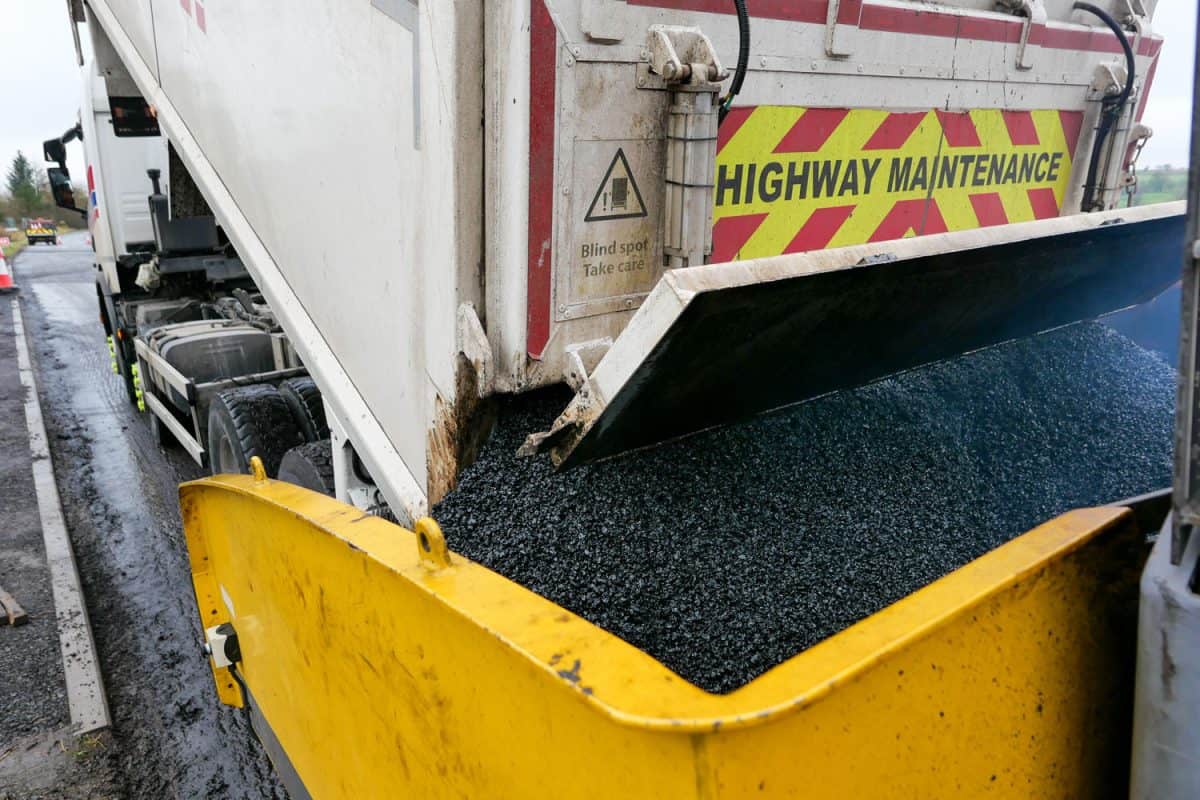
Material-wise, asphalt isn't exactly the most eco-friendly paving solution out there. This is because one of its major components, bitumen, is a binder derived from petroleum and is made from distilling crude oil.
It is a high-volatile organic compound substance that is known to release significant quantities of harmful gases into the atmosphere. It also often makes worksites dangerous for workers.
One of the biggest issues that has been talked about is asphalt's active contribution to air pollution. This is because asphalt also releases microparticles in the air, and the greenhouse gases that are emitted from asphalt mixing plants have been a cause for concern.
So far, only asphalt and concrete are the two materials that have been known to deliver the requisite durability necessary for roads and other passageways.
Alternative Materials Being Tested
However, there have been many experiments and studies that have been geared towards finding environmentally-friendly and sustainable alternatives to asphalt.
So far, engineers have been using multiple technologies to address these issues. In fact, some paving companies have developed technology to reuse and recycle asphalt materials to prevent the depletion of natural resources.
Other roadway engineers are also developing and testing porous asphalt material that will allow water to seep through the ground below instead of polluting waterways. Many innovations are being constantly worked on to address these environmental issues.
Is Asphalt Cheaper than Concrete?
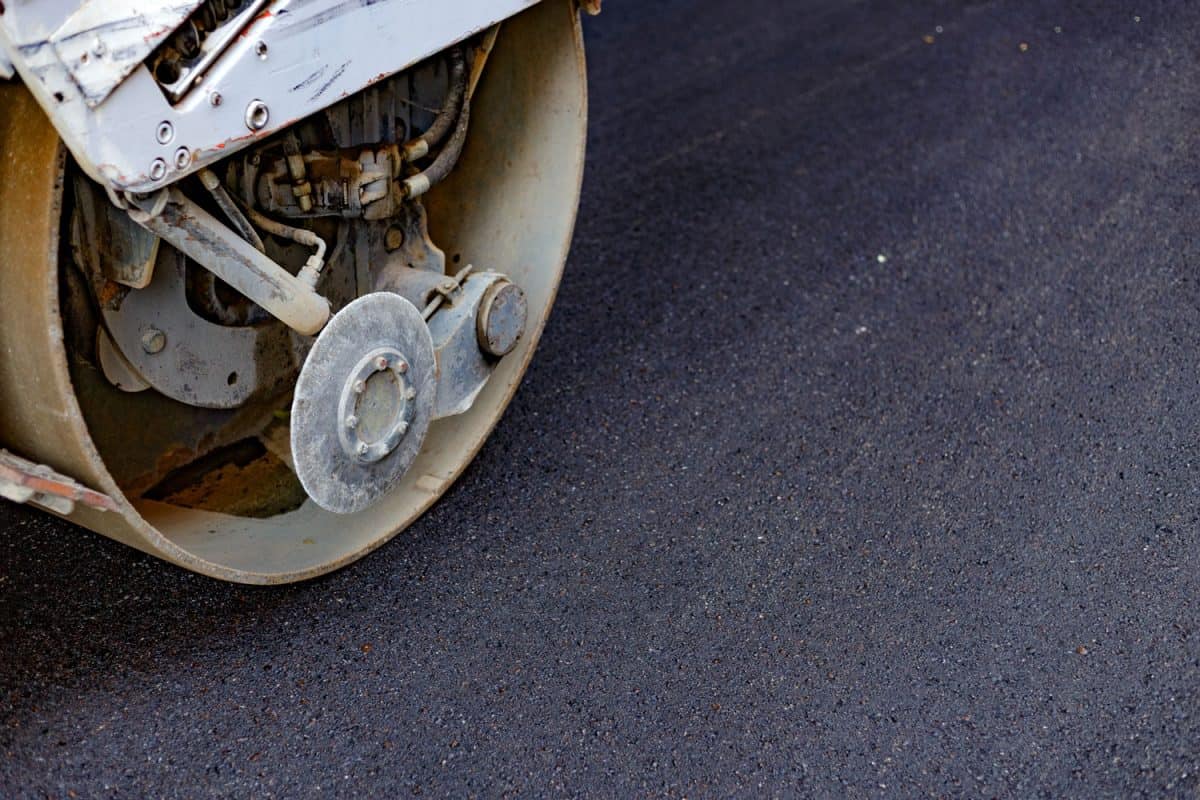
Generally speaking, asphalt is cheaper than concrete, with the latter being 35% more costly than its counterpart. Between the two, asphalt is more commonly used not just because of the cheaper price, but also because of the time saved for it to be used. With asphalt cured faster than concrete does, it gives projects a quicker turnaround time for roads to be used.
However, there is a value to consider when constructing new roads and rehabilitating existing ones. Sometimes, concrete comes out cheaper by at least 16% for certain situations.
It is worth noting that depending on where the roads are going to be constructed, these two materials will often balance out the costs with regards to construction and fixing it when the need arises.
In Conclusion
Asphalt is a commonly used paving solution that many use in different applications. Made of aggregates, binders, and fillers, asphalt is used anywhere from roads to runways. It is not the most eco-friendly material out there for road construction, but many engineers have now been testing for better sustainable solutions that we may use in the future.
Would you like to learn more about asphalt and other paving solutions? We have a few articles that may be of interest to you.

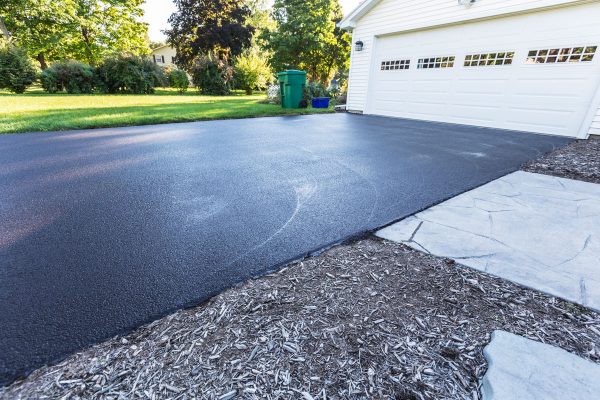

![Two manual workers helping to level the asphalt surface for a steamroller to press, Types Of Asphalt [And How To Choose For Your Driveway Or Walkway]](https://pavingplatform.com/wp-content/uploads/2022/03/Two-manual-workers-helping-to-level-the-asphalt-surface-for-a-steamroller-to-press-600x400.jpg)